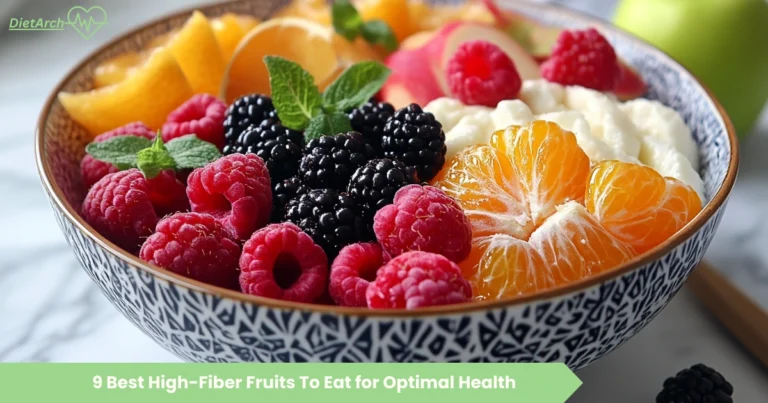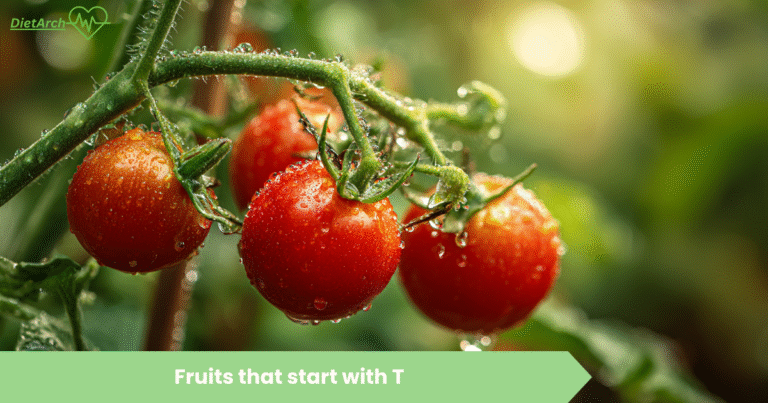What Is Gluten? Understanding Gluten free Food
Gluten is a protein complex found in wheat, barley and rye that gives dough its elasticity and chewiness. In baking it traps gas bubbles, supports rise and creates a tender crumb. Yet for people with celiac disease or non‑celiac gluten sensitivity, consuming gluten can damage the small intestine lining, cause nutrient malabsorption, and lead to painful symptoms. Gluten free food is the only remedy for them.
Key Takeaways
Defining Gluten
Gluten comprises two proteins, gliadin and glutenin. Gliadin provides viscosity and extensibility. It offers strength and elasticity. When water hydrates flour and kneading aligns proteins, a network forms that traps carbon dioxide produced by yeast or chemical leaveners. Without gluten, doughs lack structure, resulting in dense, coarse baked goods.
Naturally Gluten Free Foods
You can make fiber rich drinks with chia seeds and flaxseeds.
Types of Gluten‑Containing Grains
Grain | Relative Gluten Content | Common Uses |
|---|---|---|
Wheat | High | Bread, pasta, pastries |
Barley | Moderate | Beer brewing, soups |
Rye | Moderate | Rye bread, crispbreads |
Triticale | High | Specialty breads |
All forms of wheat—durum, spelt, kamut—contain gluten. Barley malt adds flavor and color in malt beverages and flavored syrups. Rye imparts a distinctive taste in breads. Triticale, a wheat‑rye hybrid, blends high gluten content with hardiness.
How Gluten Works in Food
When flour mixes with water and kneads, gluten proteins bond into long, elastic strands. Gas bubbles expand these strands during fermentation and baking. The result is volume, airy texture and chew. In cakes and cookies, small amounts of gluten contribute structure without toughness. In sauces and gravies, gluten‑containing thickeners like roux give smooth body, though alternatives such as cornstarch serve gluten‑free needs.
Health Effects of Gluten
Celiac disease is an autoimmune disorder affecting roughly 1 percent of the global population. In celiac patients, gluten ingestion triggers immune cells that damage intestinal villi, causing malabsorption of nutrients. Non‑celiac gluten sensitivity, affecting up to 6 percent of people, produces similar digestive symptoms—bloating, diarrhea, abdominal pain—without autoimmune markers.
Wheat allergy, distinct from celiac disease, involves an IgE‑mediated reaction that can lead to hives, wheezing or anaphylaxis. Proper diagnosis via blood tests and biopsies is essential before starting a gluten free diet.
Diagnosing Gluten‑Related Disorders
Diagnosis often begins with serologic tests measuring tissue transglutaminase antibodies. A positive result leads to endoscopic biopsy of the small intestine to confirm villous atrophy. Genetic tests for HLA‑DQ2 and HLA‑DQ8 show predisposition but cannot diagnose alone.
For non‑celiac sensitivity, doctors may recommend elimination diets followed by controlled gluten reintroduction to observe symptoms. Wheat allergy requires skin prick tests or specific IgE blood tests. Early and accurate diagnosis helps prevent long‑term complications like osteoporosis, infertility or certain cancers.
The Gluten Free Food: When and Why
A strict gluten free diet is the only effective treatment for celiac disease. It is also recommended for non‑celiac gluten sensitivity to reduce discomfort. Wheat allergy sufferers must avoid wheat but may tolerate barley or rye. Some individuals adopt gluten‑free diets for perceived health benefits, yet evidence shows no advantage for those without sensitivity. Gluten free diets can lack fiber, B vitamins, iron and folate if processed substitutes dominate. Including naturally gluten‑free grains such as quinoa, buckwheat, millet, amaranth and certified oats helps maintain balanced nutrition.
Gluten in Processed Foods and Hidden Sources
Gluten appears in many unexpected products. Sauces and condiments may use wheat flour or barley malt extract as thickeners or flavor enhancers. Seasoning blends, spice mixes and marinades often contain fillers like maltodextrin, dextrose or wheat starch. Processed meats may include breadcrumbs or flavorings derived from gluten grains. Energy bars, granola mixes and cereals sometimes incorporate oats not certified gluten free, risking cross‑contamination.
Product Category | Potential Gluten Source |
|---|---|
Soy sauce and teriyaki | Fermented wheat |
Condiments | Flour thickeners |
Snack bars and granola | Malt, oats |
Soups and gravies | Roux, barley malt |
Processed meats | Fillers, seasoning blends |
Always verify labels and prefer products explicitly labeled gluten-free.
Labeling Laws and Certifications
The U.S. FDA regulates “gluten free” labeling. A product may claim “gluten free” if it contains less than 20 ppm gluten, has no gluten-containing grains, and no processed ingredients derived from gluten unless they test below 20 ppm. Third-party certifications add assurance. The Gluten-Free Certification Organization (GFCO) requires lab testing to under 10 ppm. Coeliac UK and NSF also provide recognized seals. Reading labels means scanning ingredient lists for wheat, barley, rye, malt, brewer’s yeast or hydrolyzed wheat protein. Allergen statements and certification logos guide safe choices.
Testing Gluten sensitivity in Food
Laboratory assays such as ELISA using R5 antibodies detect gluten down to 5 ppm. Consumers may use at-home lateral flow test kits that mix a food sample with water and dip a test strip. These kits detect gluten at about 5–20 ppm sensitivity, ideal for spot checks. While convenient, home kits may yield false positives in colored or high-sugar foods. Professional testing offers higher accuracy but costs more. Testing homemade meals, spice blends or suspect products provides peace of mind for those with severe sensitivity.
Safe Practices for Gluten Free Living
Maintaining a safe environment prevents accidental exposure:
Dining out requires careful communication. Inform restaurant staff of celiac disease or sensitivity. Ask about food preparation practices and cross-contact risk. When in doubt, choose naturally gluten-free dishes such as plain grilled meats, vegetables, rice and potatoes.
Conclusion
Gluten plays a vital role in baking and food structure but poses serious health risks for those with celiac disease or gluten sensitivity. Understanding gluten’s function, recognizing hidden sources, reading labels, and adopting safe cooking and storage habits ensures a healthy, gluten-free lifestyle. Consult healthcare providers for diagnosis and nutritional guidance. Use certified products, test questionable items, and consider DIY blends to maintain flavor and safety. With these strategies, you can confidently enjoy a wide range of gluten free foods.







